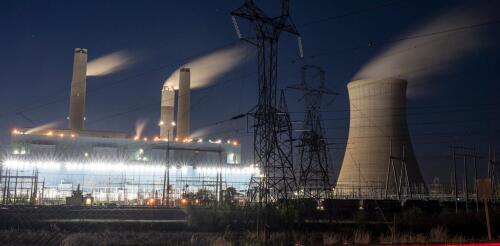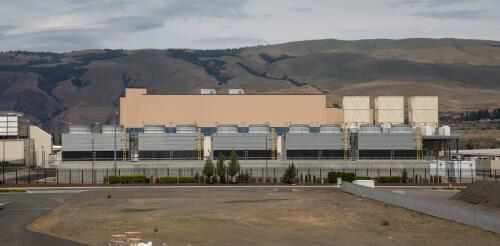Climate change
On May 11, 2023, the Biden administration proposed new regulations to curb carbon pollution from existing power plants. The new rules replace the Obama administration’s Clean Power Plan, which was proposed in 2015 but ran into multiple legal challenges and never took effect. Nonetheless, in a high-profile 2022 ruling, West Virginia v. EPA, the U.S. Supreme Court found that the Obama administration’s approach exceeded the Environmental Protection Agency’s authority to regulate power plant carbon pollution under the Clean Air Act. Jennifer K. Rushlow, dean of the Vermont School for the Environment and a law professor at Vermont Law & Graduate School, explains how the new regulations are designed and the delicate balance they attempt to strike between slowing climate change and avoiding further legal setbacks. 1. How has the Biden administration tailored these regulations in response to the West Virginia v. EPA ruling? The scent of West Virginia v. EPA is al...
Generative AI is the hot new technology behind chatbots and image generators. But how hot is it making the planet? As an AI researcher, I often worry about the energy costs of building artificial intelligence models. The more powerful the AI, the more energy it takes. What does the emergence of increasingly more powerful generative AI models mean for society’s future carbon footprint? “Generative” refers to the ability of an AI algorithm to produce complex data. The alternative is “discriminative” AI, which chooses between a fixed number of options and produces just a single number. An example of a discriminative output is choosing whether to approve a loan application. Generative AI can create much more complex outputs, such as a sentence, a paragraph, an image or even a short video. It has long been used in applications like smart speakers to generate audio responses, or in autocomplete to suggest a search query. However, it only recently gained...
The Biden administration proposed new power plant rules on May 11, 2023, that have the potential to be among the most stringent federal policy measures on coal, oil and gas power plants the United States has ever introduced. The proposal would set new carbon pollution standards for existing power plants, effectively restricting their emissions of carbon dioxide, a greenhouse gas that contributes to climate change. Operators of fossil fuel power plants would need to find feasible and innovative ways to avoid excessive carbon dioxide releases. That’s drawing attention to a relatively mature, but expensive technology: carbon capture and storage, or CCS. Most CCS chemically separates carbon dioxide generated during fossil fuel combustion, compresses it and transports it through pipelines for storage, typically in geological formations deep underground. While CCS can be effective, it has some high hurdles on its path to widespread use. I follow U.S. policies on CCS as a clim...
For the 20th time since 1933, Congress is writing a multiyear farm bill that will shape what kind of food U.S. farmers grow, how they raise it and how it gets to consumers. These measures are large, complex and expensive: The next farm bill is projected to cost taxpayers US$1.5 trillion over 10 years. Modern farm bills address many things besides food, from rural broadband access to biofuels and even help for small towns to buy police cars. These measures bring out a dizzying range of interest groups with diverse agendas. Umbrella organizations like the American Farm Bureau Federation and the National Farmers Union typically focus on farm subsidies and crop insurance. The National Sustainable Agriculture Coalition advocates for small farmers and ranchers. Industry-specific groups, such as cattlemen, fruit and vegetable growers and organic producers, all have their own interests. Environmental and conservation groups seek to influence policies that affect land use and sustaina...
Coca-Cola is one of the world’s most widely recognized brands. Its global reach, spanning more than 200 countries, was the theme of a 2020 commercial that showed families drinking Coke with their meals in cities from Orlando, Florida, to Shanghai, London, Mexico City and Mumbai, India. Operating on that scale creates a big carbon footprint. The company uses over 200,000 vehicles to distribute its products every day and runs hundreds of bottling plants and syrup factories across the globe. But Coke’s single largest contribution to climate change comes from its refrigeration equipment. Running refrigerators uses a lot of electricity, and some coolants in these systems are greenhouse gases that trap heat in the atmosphere. Almost two-thirds of the climate impact of refrigeration comes from electricity consumption, and refrigerants account for the rest. As of 2020, refrigeration produced nearly 8% of global greenhouse gas emissions....




